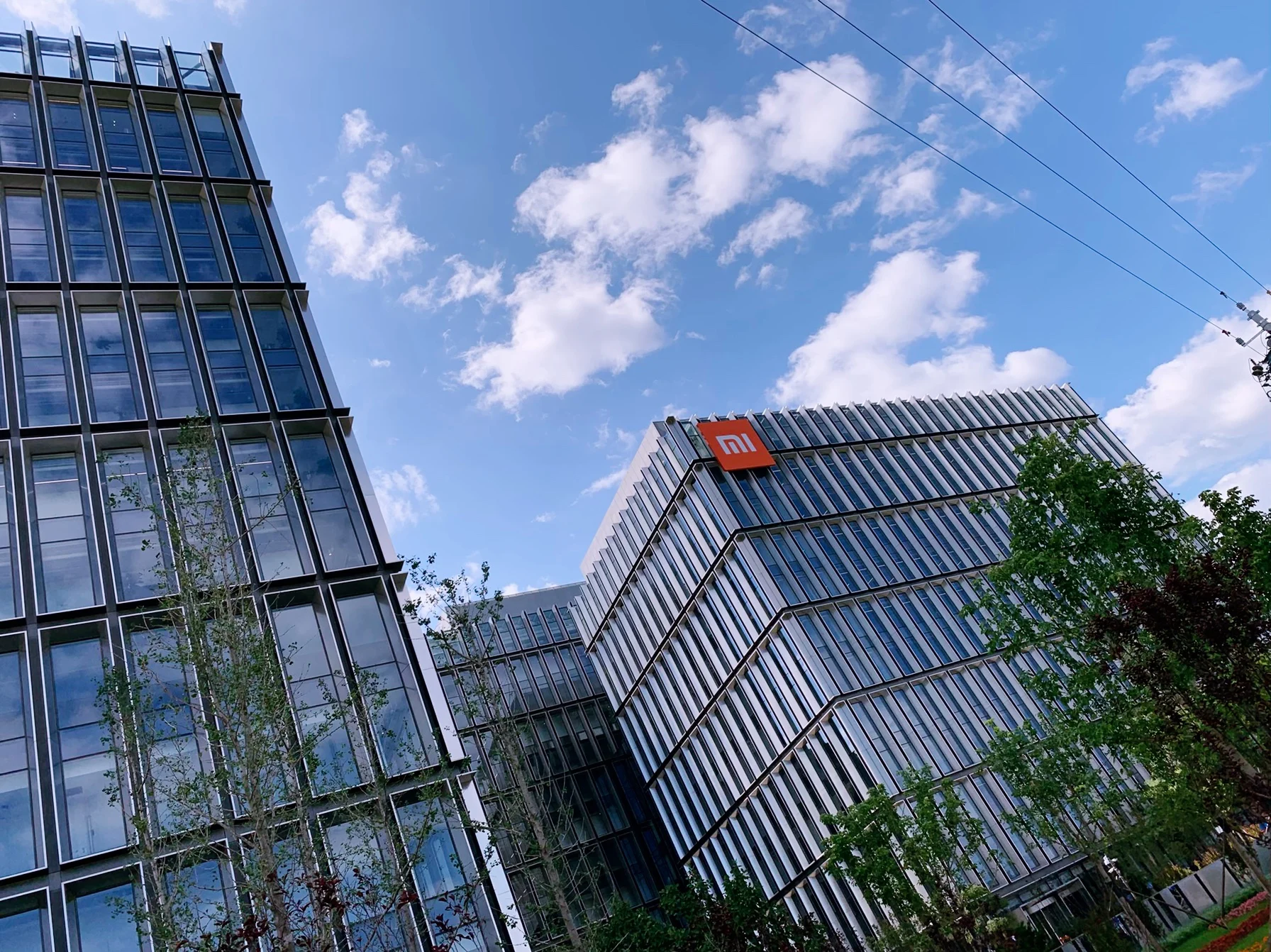Publisher: Maaal International Media Company
License: 465734
Where is the investment map heading in 2023?
Giles Coghlan, senior market analyst at HYCM, sees investment opportunities in 2023 despite the challenges. Pointing out that in 2022 European stocks fell by about 12%, and the main indices suffered their worst year since the financial collapse in 2008. The British FTSE 250 index – an indicator that measures the performance of the British economy – fell by 19.7%, pointing out the most optimistic investors will admit that this period was difficult
Difficult year:
The British analyst attributed the difficulties that stock markets suffered during the previous year to raising interest rates amid analysts’ warnings of an imminent recession, as interest rates rose from (0.1% to 3.5% since December 2021) to control rising inflation.
اقرأ المزيد
Affected sectors:
Considering that, of course, some sectors have suffered much more than others. The construction and retail industries, for example, experienced a slowdown in the fourth quarter of 2022 as the spending power of businesses and consumers diminished. Elsewhere, the technology sector had an incredibly turbulent year, while the cryptocurrency market collapsed with the collapse of the FTX cryptocurrency exchange.
And with the onset of a recession, it is clear that divergence between different industries will continue to emerge throughout the remainder of 2023. As such, with 30% of investors looking to increase their investment in stocks (according to a recent survey by HYCM ), investors should be aware of the potential winners and losers in the stock markets in the next 11 months.
The British market expert says that there are still challenges in the current economic landscape. Needless to say, the new year did not bring with it a clean economic record. Many of the difficulties that stock markets suffered from last year will remain in 2023 despite the positive start for stocks in Jan.
Inflation will continue to significantly influence investor decisions this year, especially since more than two-thirds (72%) of investors do not believe that inflation will be brought under control by 2024. Inflation is caused by higher food and energy costs as a result of the war in Ukraine.
Investors can expect prices to remain high until a ceasefire is reached. As such, while inflation may appear to be tapering – to 9.2% currently – business and consumer spending is likely to remain narrow for the foreseeable future.
Gloomy outlook:
The “HYCM” expert is likely to resume its efforts to control inflation at the first Monetary Policy Committee meeting of the year by raising the basic interest rate again. However, with many economists expecting rates to peak at 4.5%, there is a risk that further central bank action could stifle growth further, deepen the recession and put additional curbs on consumer spending as the cost of mortgages and credit card payments will rise. Also, this would certainly exacerbate a cost-of-living crisis that has already caused a great deal of damage.
With lower purchasing power, consumers tend to make less discretionary purchases on things like travel expenses, new clothing, or leisure-related goods and services. Indeed, this will make some sectors more vulnerable to underperforming stocks. Sectors that may struggle in 2023, such as, fashion, travel and hospitality sectors, for example, are particularly sensitive to the depletion of spending power of UK consumers, so they may struggle in the coming months. Combined with higher business costs such as energy, transportation and wholesale prices, profit margins in these sectors can take a hit, inhibiting growth. Consequently, their stock values could drop, which investors should be careful of as we risk anticipating further recession.
In context, investors in the technology sector lost $7.4 trillion last year, and are likely to face similar difficulties next year. Especially since high interest rates make it more difficult to access the capital needed for growth in the technology industry. Likewise, with inflation rising in their profit margins, the current and future profits — and most importantly — that technology companies promise to investors seem unlikely. As such, the value of these companies could depreciate further, particularly in the first six months
Promising sectors:
(30%) of investors are looking forward to specific sectors that can fight the recession in 2023. Including the healthcare industry, for example, which has enjoyed a transformative three years since the start of the pandemic, presents investors with some tempting defensive options. There are expectations that this sector will outperform the rest of the market in 2023
Demand for consumer staples, such as hygiene products, food and beverages, and other household goods, usually remains strong, regardless of the economic climate. Indeed, the consumer goods sector gave the S&P 500 the biggest boost, compared to the rest of the indices, seeing a decline of just 3.5% in 2022.
Energy sector:
In context, the energy sector holds promise for investors in the coming months, especially as it was the best performing sector of the S&P 500 (46% growth) last year. While supply remains uncertain as the war rages on in Ukraine, energy demand from the United States and other non-Russian producers could yield some great returns for investors.
The renewable energy sector is another sector investors should watch, as 24% say the current energy crisis has encouraged them to invest in renewables and ESG stocks. There are certainly opportunities to be found in this industry – in the past 15 years, the sector’s returns have been close to 1000%, while dividends have risen steadily to 8.4% in the past eight years. As demand continues to grow among consumers and businesses alike, these returns are likely to continue over the long term.








